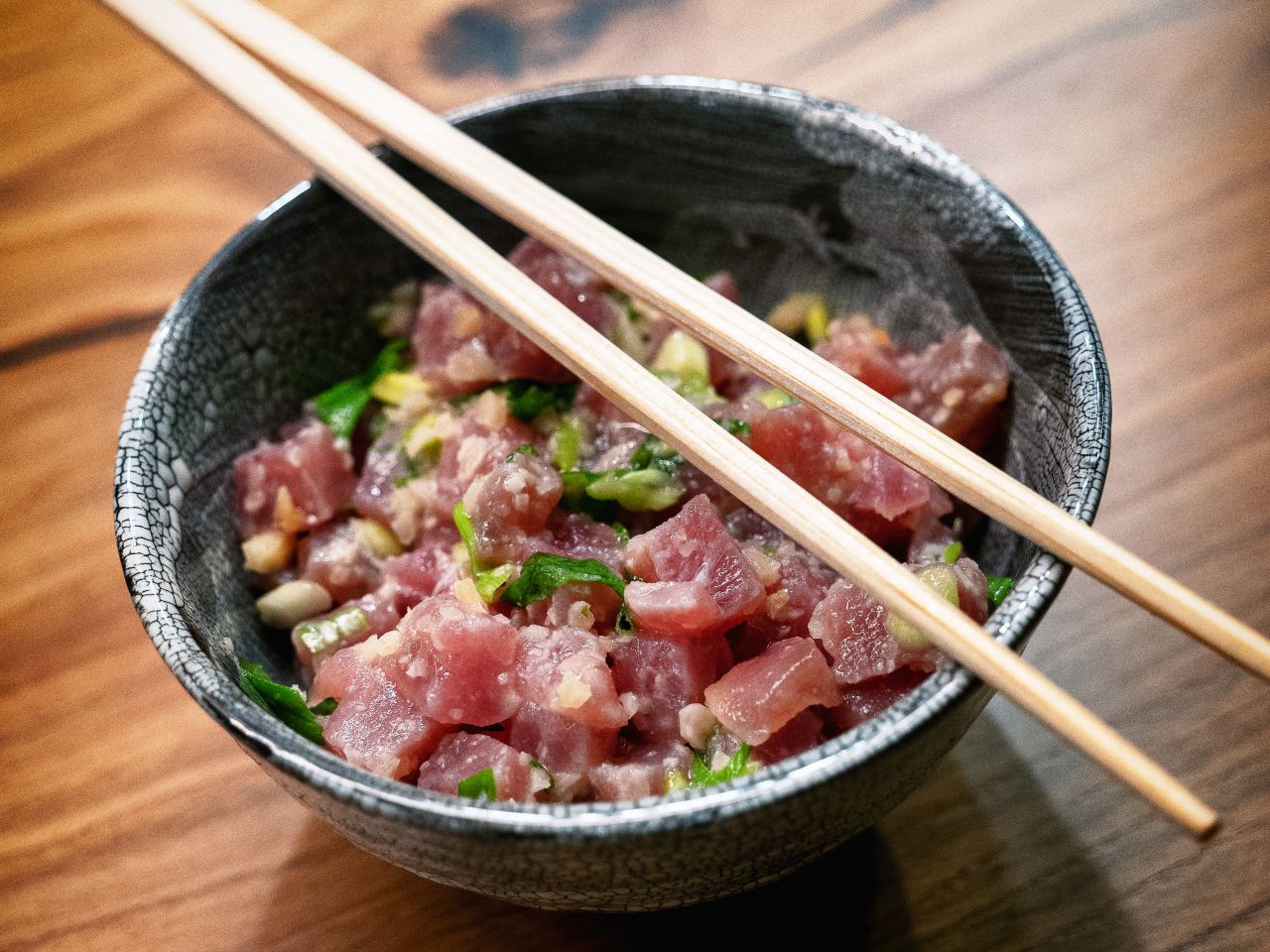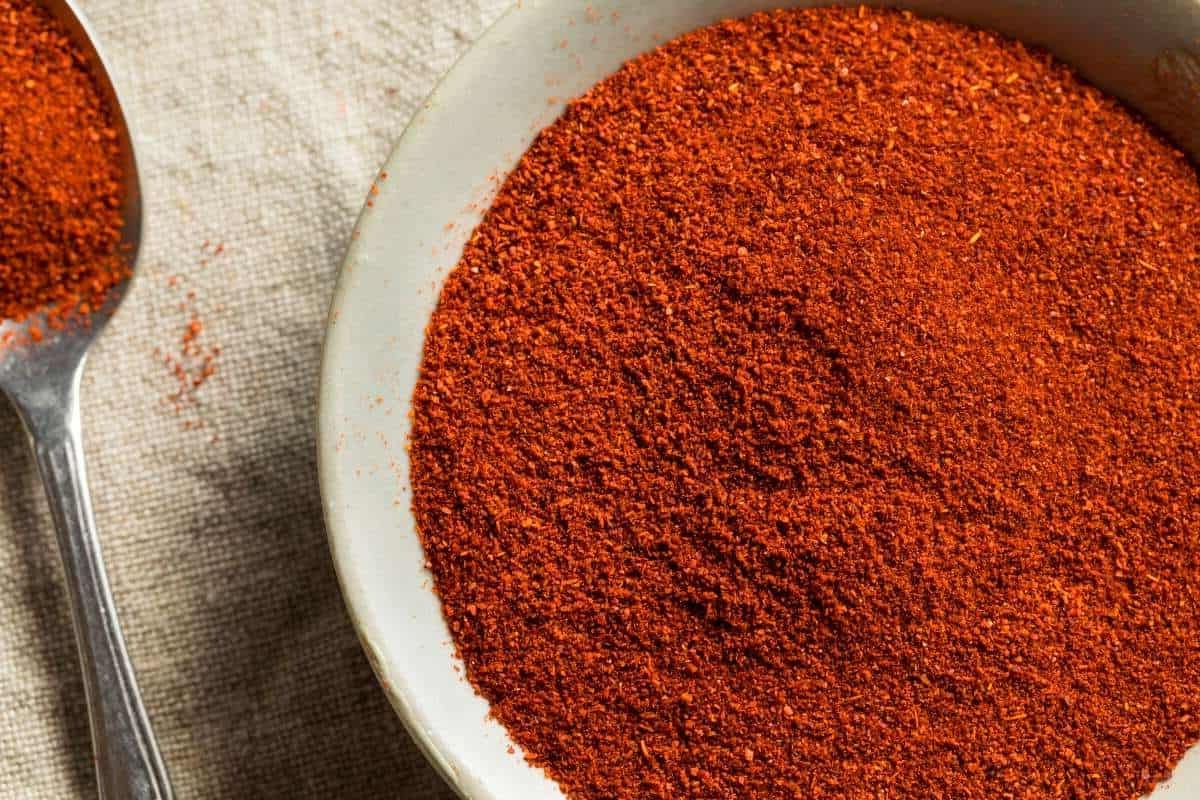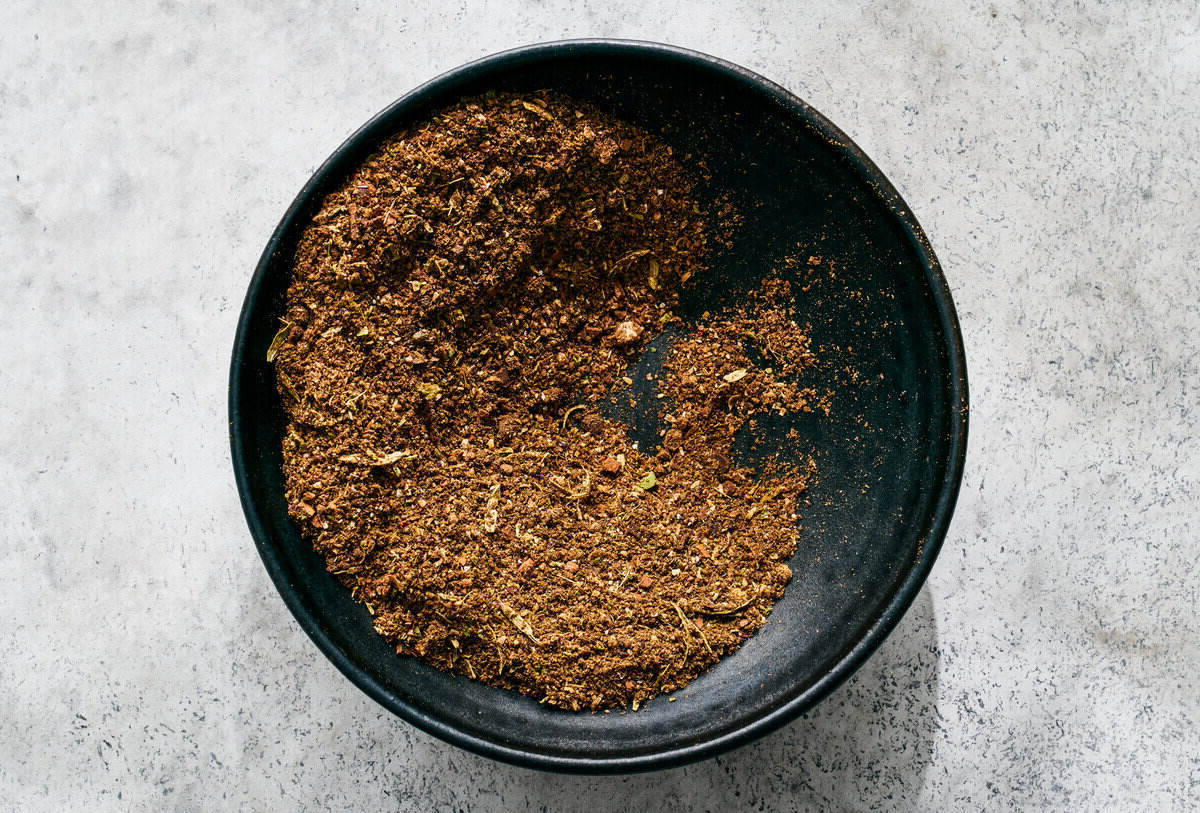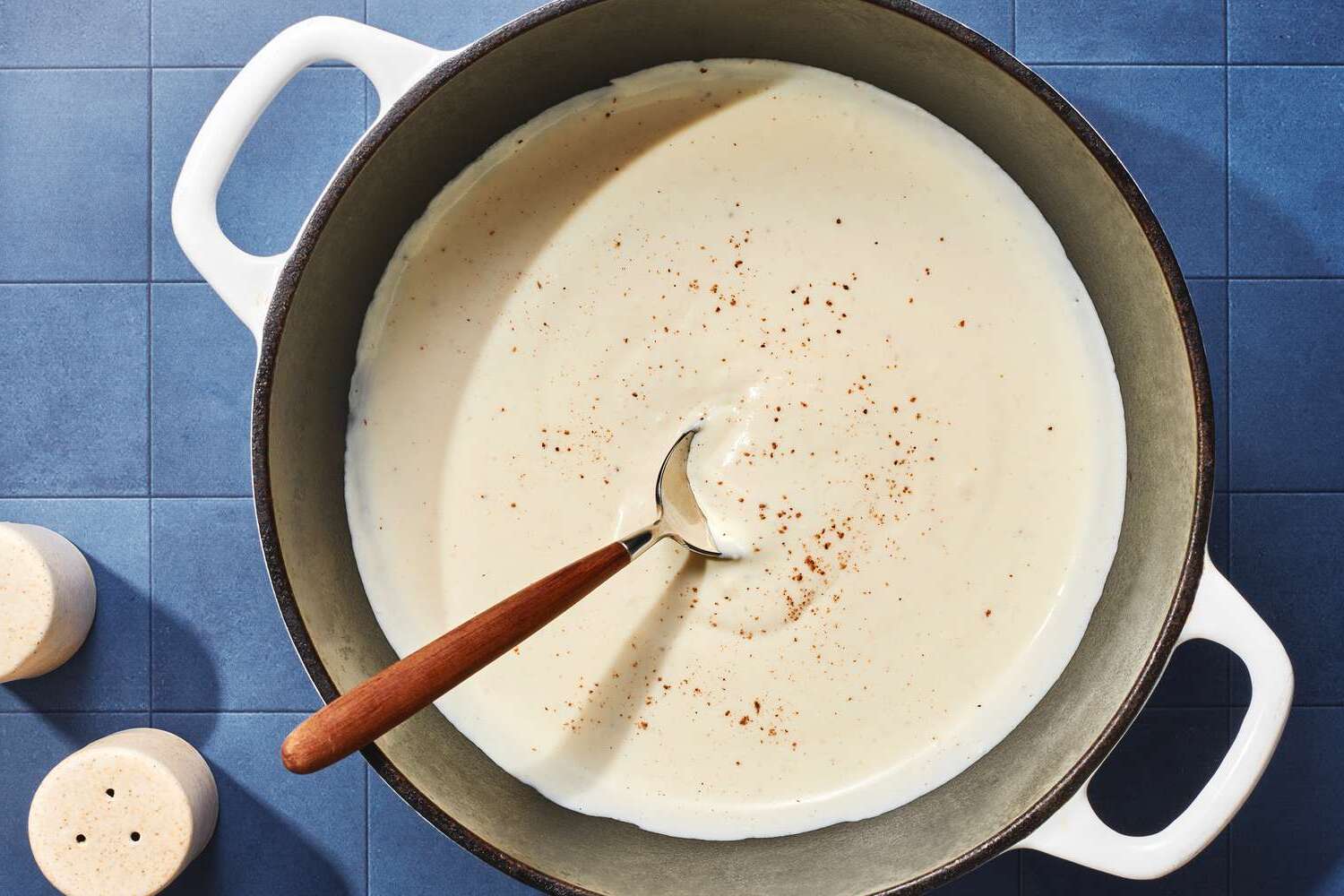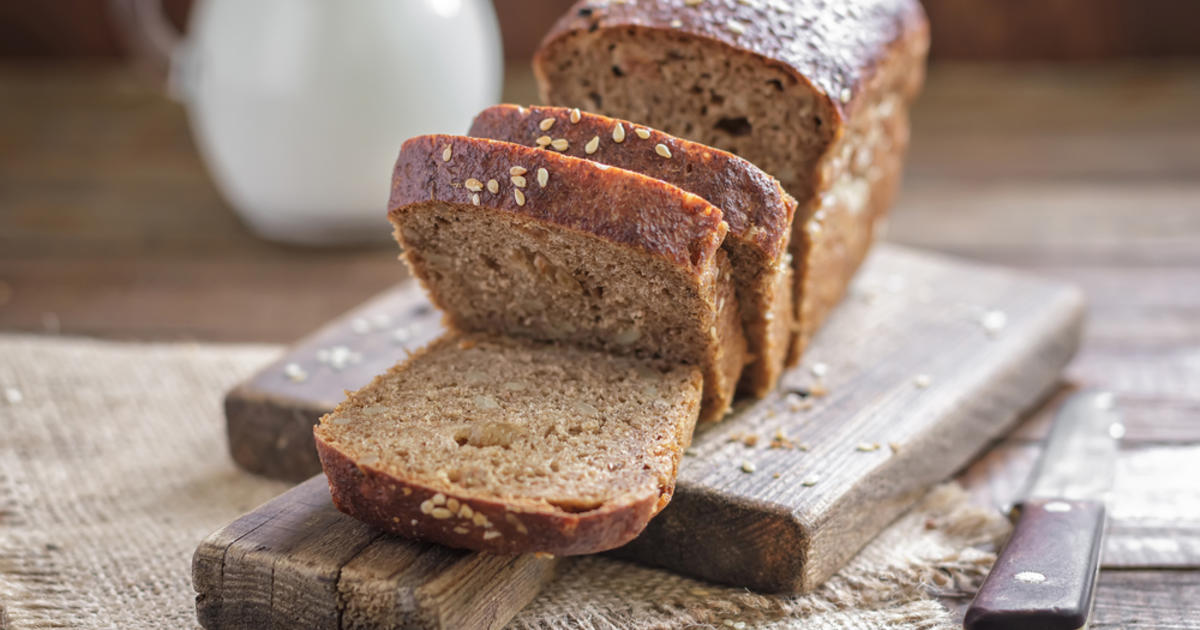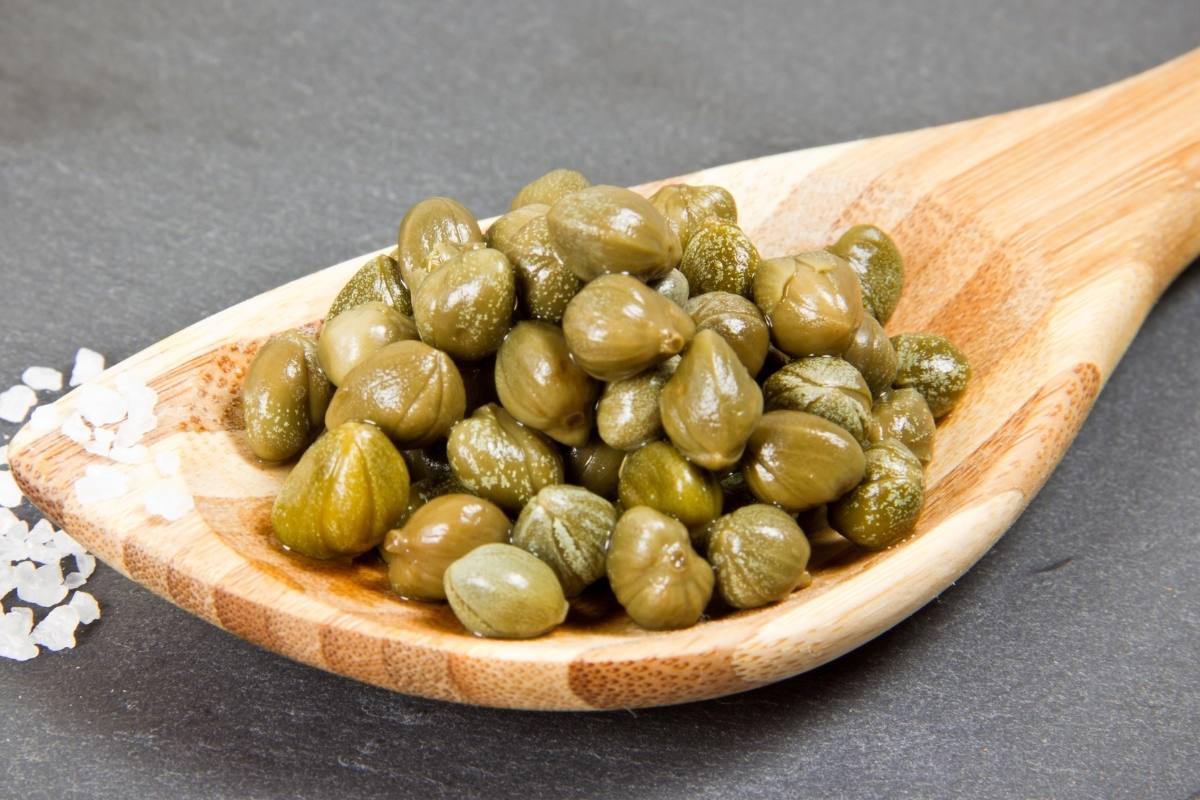Soy glaze is a versatile sauce with a perfect balance of salty, sweet, and umami flavors. Derived from soy sauce, it is thickened and sweetened to create a glossy, rich condiment that enhances a variety of dishes. Widely used in Asian cuisine, soy glaze adds depth to grilled meats, vegetables, and seafood while serving as a flavorful marinade or finishing touch.
Ingredients in Soy Glaze
The components of soy glaze are straightforward yet effective, combining to create a sauce with an unmistakable taste and texture.
- Soy Sauce: The foundation of soy glaze, delivering a robust salty and umami flavor.
- Sweeteners: Sugar, honey, or mirin contribute to its characteristic sweetness.
- Aromatics: Ingredients like garlic, ginger, and scallions bring additional layers of flavor.
- Thickening Agents: Cornstarch or arrowroot are often used to achieve the desired consistency.
How to Make Soy Glaze
Creating soy glaze at home is simple and allows for customization to suit different dishes.
Instructions:
- Gather Ingredients:
- ½ cup soy sauce
- 3 tablespoons sugar or honey
- 1 tablespoon minced garlic
- 1 teaspoon grated ginger
- 1 tablespoon cornstarch mixed with 2 tablespoons water (optional for thickening)
- Combine Base Ingredients: Add soy sauce, sweetener, garlic, and ginger to a saucepan.
- Simmer: Heat over medium heat, stirring occasionally, until the mixture begins to reduce slightly.
- Thicken: If a thicker consistency is preferred, stir in the cornstarch mixture and cook for another 2-3 minutes.
- Cool and Store: Let the glaze cool before transferring to an airtight container. It can be stored in the refrigerator for up to a week.
Uses of Soy Glaze
Soy glaze shines in its ability to elevate a wide range of dishes. Its versatility makes it a kitchen staple.
Marinade
- Ideal for proteins like chicken, beef, salmon, or tofu. The glaze penetrates deeply, infusing flavor before grilling or roasting.
Basting Sauce
- During grilling, brushing soy glaze onto meats or vegetables creates a caramelized, flavorful crust.
Dipping Sauce
- Pairs well with dumplings, sushi, and tempura for an added layer of richness.
Stir-Fry Addition
- Enhances stir-fried vegetables, noodles, or rice dishes with a burst of umami.
Finishing Sauce
- Drizzle over roasted vegetables, steamed greens, or even plain rice for a simple yet impactful upgrade.
Flavor Profile of Soy Glaze
Soy glaze harmoniously blends saltiness from soy sauce with the sweetness of its added sugars. Aromatics like garlic and ginger introduce a subtle spiciness, while the thickened consistency provides a luxurious mouthfeel. This balance ensures it complements a range of savory dishes without overpowering their natural flavors.
Creative Variations of Soy Glaze
Soy glaze can be tailored to fit specific tastes or cuisines. Experiment with these variations for new flavors:
- Spicy Soy Glaze: Add a teaspoon of chili flakes or sriracha for heat.
- Citrus Soy Glaze: Incorporate fresh orange or lime juice for a tangy twist.
- Miso Soy Glaze: Blend in a tablespoon of miso paste to deepen the umami profile.
- Sesame Soy Glaze: Stir in toasted sesame oil or seeds for a nutty flavor.
Pairing Ideas for Soy Glaze
Soy glaze pairs well with a variety of ingredients and dishes:
- Proteins: Chicken thighs, pork belly, salmon, shrimp, or tofu.
- Vegetables: Carrots, bell peppers, asparagus, or eggplant.
- Grains: Drizzle over steamed rice, quinoa, or noodles.
- Snacks: Use as a dipping sauce for spring rolls, dumplings, or skewers.
Why Soy Glaze Is a Kitchen Staple
Its simplicity, versatility, and bold flavor make soy glaze a valuable addition to any pantry. Whether used as a marinade, sauce, or glaze, it enhances both the taste and presentation of dishes. Its adaptability ensures it fits into various cuisines, from traditional Asian recipes to fusion dishes.
By incorporating soy glaze into your cooking, you can transform everyday meals into flavorful creations.
Was this page helpful?
Read Next: What Is Self-Rising Cornmeal?
Abby Marcelino
Abby is a writer, editor, and a fan of ASMR mukbang and cooking videos. Her family has been in the food industry for years and she has been working for their business as a part-time quality assurance officer and content creator. She is addicted to all things dairy and carbs, most especially cheese and bread.
